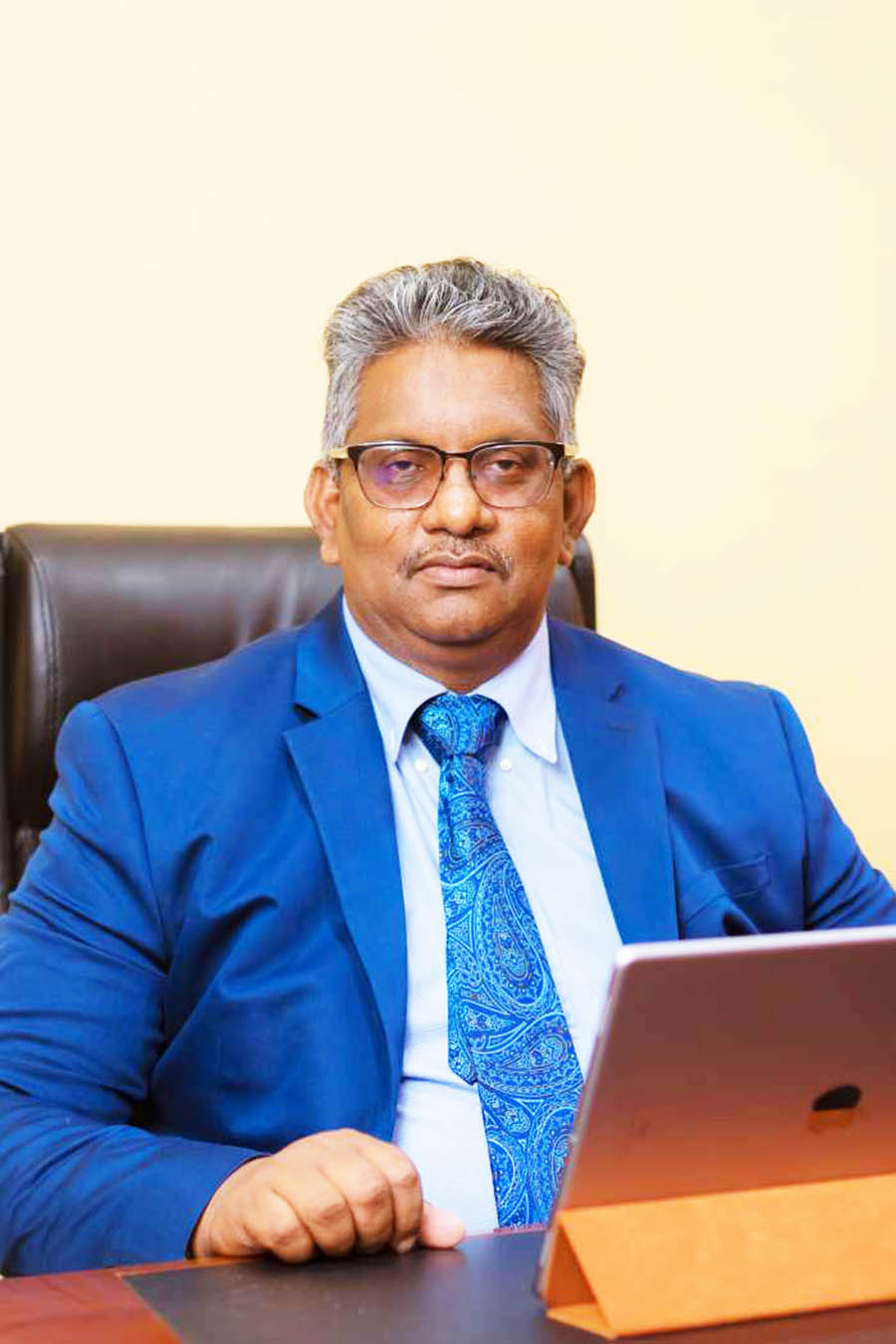Dredging along the Pomeroon River should be completed in a month’s time as work on the last two miles is now underway, Chief Executive Officer (CEO) of Gaico Construction and General Services Inc Komal Singh said.
“We are in the final two miles, that is where we are working on right now. It will take us way into the Atlantic Ocean. [All work should be completed by the] end of February,” he said.
Singh, in a recent interview with this publication, related that the work took longer than expected due to heavy siltation at the mouth of the river. He explained that Gaico had to restructure its work plan after recognising that the dredge to be used was unable to execute work due to the siltation.
The company resorted to using long-boom excavators to clear a passageway. Singh explained that the siltation combined with coconut shells that had been dumped in the river and years of no dredging activity resulted in a solidified surface.
“You could have walked and the water [would have been] up to your knees… When we thought we could have carried in a big dredge it wasn’t going…,” he explained. Previously, he had said, “We cannot take the hopper there because of the depth. The pontoon which the excavator is on, is floating 2 to 3 feet underwater. We cannot use the hopper there because it is bigger and heavier.”
The dredging exercise will allow the river mouth to be open to a depth of three metres. In some parts of the river mouth, the depth is currently between zero and one metre. Other parts of the river, the depth is between 5 and 6 metres.
With a track now in place, Singh explained, larger vessels can return to utilising the river, which will result in the channel widening.
The project was expected to be completed in August, but Singh explained that the delay resulted from having to use excavators and continuous pauses in the operation to execute maintenance work. The periodic maintenance lasted approximately 2-3 days.
“We had specific equipment there that needed maintenance. Maintenance on salt water and maintenance on land is very different…,” he stressed while addressing concerns that work had not been done for several days.
He further stated that while progressing towards the mouth of the river and the Atlantic Ocean, the company had to assess the tide and schedule work around it. It was a challenge, he said, as there was a chance of the equipment being grounded if work was done during the low tide due to the shallowness of the river.
The company is engaged in backhoe-style dredging where the excavators are removing the mud and placing it approximately 25 to 30 feet away from the cleared channel.
The current work does not have a negative impact on marine life or fishermen’s livelihoods. The area is not considered a fishing ground as it is actively traversed. Speed boats currently operate on the river transporting people and cargo between Regions One and Two.
Former assistant director of Public Prosecutions Judith Gildharie, in a letter to Stabroek News in March had highlighted the need for sustainable solutions to aid farmers.
“Farmers need long-term, sustainable solutions now! The experts need to find these solutions quickly and then the government can find the funding necessary to implement them,” the letter said.
She pointed out that farmers depend on what they grow to survive and constant flooding and decimation of their crops leave them frustrated, afraid, insecure, and incessantly worried about providing for their families.
“… Some engineers had gone to the area with the aim of dredging the estuary and I recall them telling my parents that it was a difficult task attributable primarily to the fact that the river bed had apparently become so hardened, ‘like a cement floor’ caused by the countless coconut husks that had been thrown into the river and which had ultimately settled at the bottom,” Gildharie remarked.
Last April, the National Drainage and Irrigation Authority, on behalf of the government, signed a $569.3 million contract with Gaico Construction for the dredging of the Pomeroon River mouth.
The dredging was a response to calls from farmers to reduce the flooding which they continuously faced for the last two years.
Last April, Minister of Agriculture Zulfikar Mustapha had said that the dredging of the Pomeroon River mouth will bring relief to farmers in the area who have been affected by floods time and time again. Major flooding hit farmers in 2021. Farmlands and homes in the Pomeroon River had been covered in floodwater. Water levels in the river climbed to unexpected heights and caused major disruption to livelihoods.
The floods had been described as the worst in approximately four decades, and for most of the villagers, it was the first time they had had such an experience. In Karawab, water levels were close to 14 feet high, and villagers said that they survived on hampers distributed by the government.
Back in July 2019, the Environmental Protection Agency (EPA), headed then by Dr Vincent Adams, had fined a Pomeroon coconut company $1 million for its dumping of shells and husks into tributaries of the Pomeroon River.
Regional Chairman Vilma Da Silva said that while this was a problem, the region was brainstorming ideas and working with government to find solutions to combat coconut waste. It was also working with the EPA to educate farmers and producers of coconut products about the dangers of coconut pollution.






